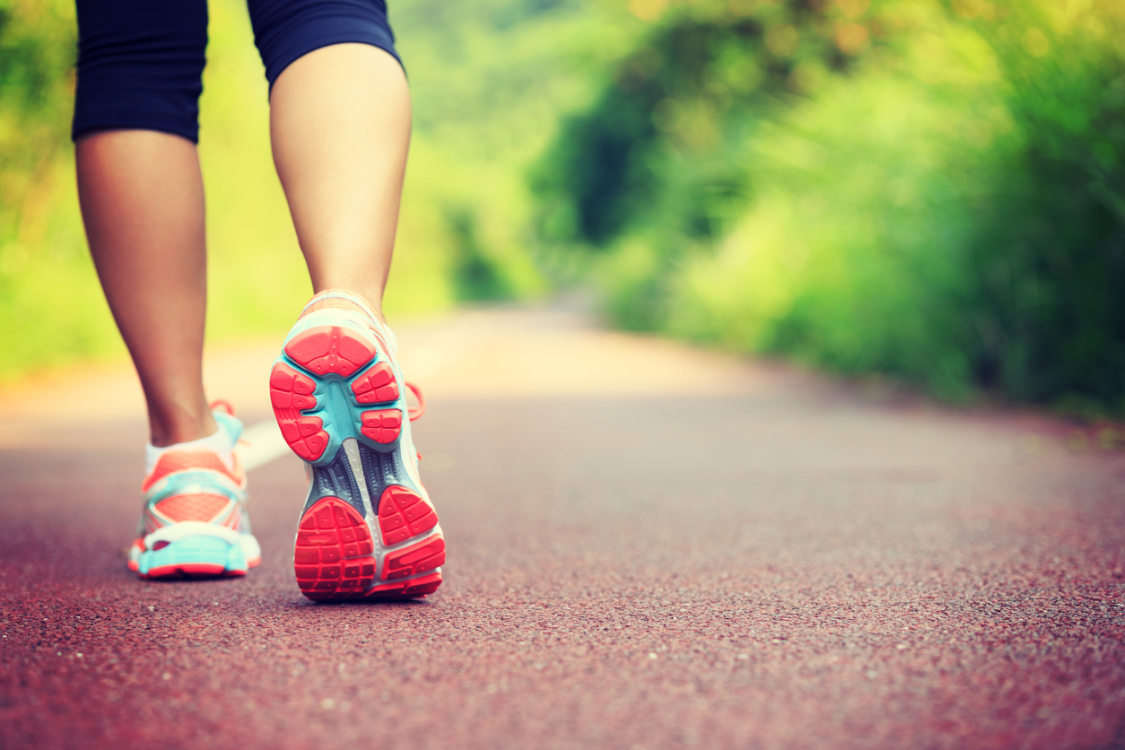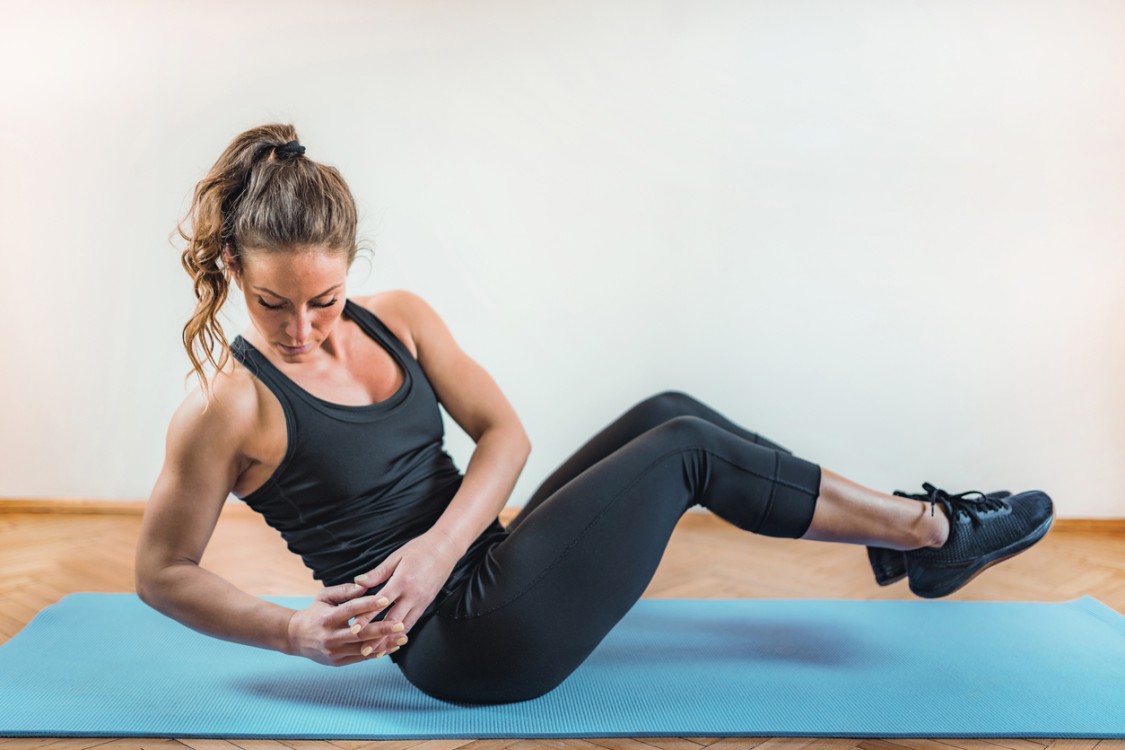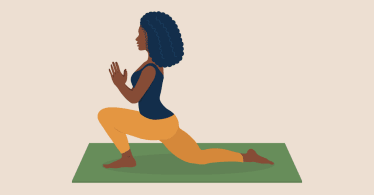Exercise is just another great tool for helping you to lose weight, boost your mood and lower your risk of health problems.
The NHS suggests that we should do around 150 minutes of moderate (or 75 minutes of vigorous) aerobic exercise each week, plus two days of strength exercise [1]. Aerobic exercise has cardiovascular benefits and can help to lower blood pressure and prevent heart problems. Strength exercises on the other hand, can help to strengthen your muscles, maintain strong bones and increase insulin sensitivity, meaning it can help to control your blood sugar levels [2].
But which exercise is for me? If you’ve just started your fitness journey, or are looking to switch up your routine, we’ve looked at the benefits of different types of aerobic and strength exercises to help you decide which exercise you could try.
Aerobic exercises
Running
Running or jogging counts as a type of vigorous exercise, meaning that you can gain the same health benefits as moderate exercise, but in a shorter amount of time. This might be a good option if you’re don’t have much time to exercise and are looking for a quick workout. If you’re a beginner and are keen to give running a try, then start slowly. Your first step could be to start running for 30 seconds, followed by walking for one minute and repeating this for 10 minutes.
Brisk walking
If you’re just starting an exercise routine, brisk walking can be a great way to build up your fitness. You can start at your own pace and slowly increase your speed, so it might also be a good option for those with a disability or recovering from an injury.
Cycling
Have an old bike in the shed gathering dust? Swap the bus for the bike for an easy way to fit in exercise on the way to work. Although there’s an initial cost with buying a bike, you’ll save money in the long run not having to spend money on petrol or public transport.
Swimming
Water exercises like swimming are a great way to be active without putting any strain or pressure on your joints. So, like brisk walking, this is a good option for those with limited mobility.
Dancing
Whether it be jazz, salsa or ballroom, dancing can be a fun and social way to stay active. Many dance studios and schools hold beginner’s classes and you can even find specialist classes for those with disabilities.

Strength exercises
Free weights
Free weights, for example dumbbells, are relatively inexpensive and a good alternative to gym machines. Alternatively, resistance bands can also exercise your whole body and even aid rehabilitation after an injury.
Body weight exercises
Body weight exercises use the individual’s own body weight against gravity to strengthen muscles. Some examples include push ups, lunges and squats. You can do them at home and don’t require any equipment.
Pilates
Pilates can help to improve posture and flexibility as well as strengthen muscles. Pilates classes are held in many gyms and community centres, but you can also do it at home.
Yoga
Some styles of yoga can help to strengthen muscles. Yoga can also be beneficial for improving mental health symptoms, reducing pain and decreasing stress.
HIIT
HIIT (high intensity interval training) has many cardiovascular benefits as well as being a type of strength exercise. It involves short intervals of intense exercise which can last from 30 seconds to a few minutes. A HIIT workout can take as little as 10 minutes, so it’s an activity you could fit into a morning or evening routine. Research has also found that HIIT can even increase your metabolic rate for hours after exercise [3].

References:
- Nhs.uk, 2018. Exercise – physical activity guidelines for adults [online]. Retrieved from https://www.nhs.uk/live-well/exercise/ (Accessed 23 October 2019)
- Ibañez, J., Izquierdo, M., Argüelles, I., Forga, L., Larrión, J.L., García-Unciti, M., Idoate, F. and Gorostiaga, E.M., 2005. Twice-weekly progressive resistance training decreases abdominal fat and improves insulin sensitivity in older men with type 2 diabetes. Diabetes care, 28(3), pp.662-667.
- Wingfield, H.L., Smith-Ryan, A.E., Melvin, M.N., Roelofs, E.J., Trexler, E.T., Hackney, A.C., Weaver, M.A. and Ryan, E.D., 2015. The acute effect of exercise modality and nutrition manipulations on post-exercise resting energy expenditure and respiratory exchange ratio in women: a randomized trial. Sports medicine-open, 1(1), p.11.







